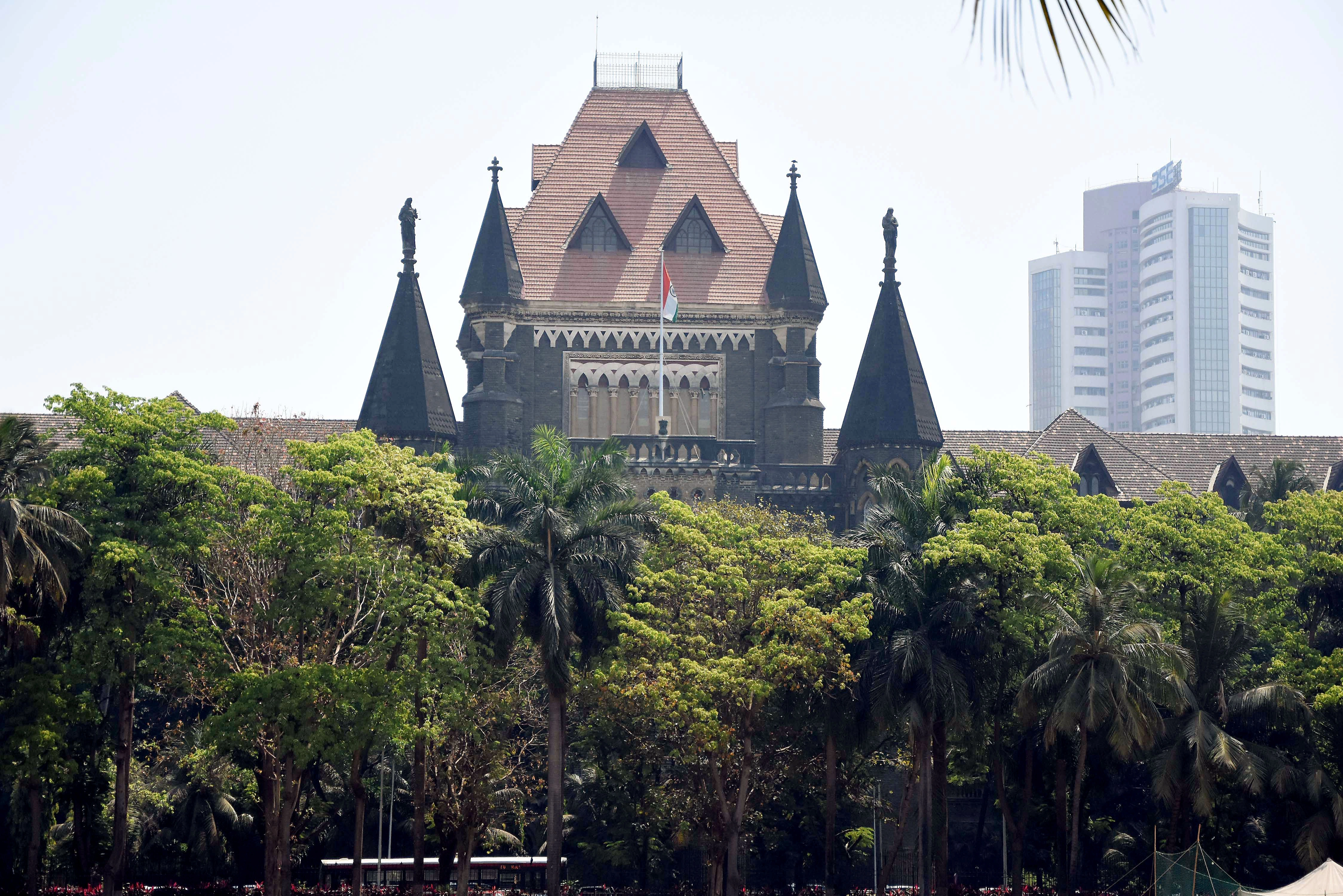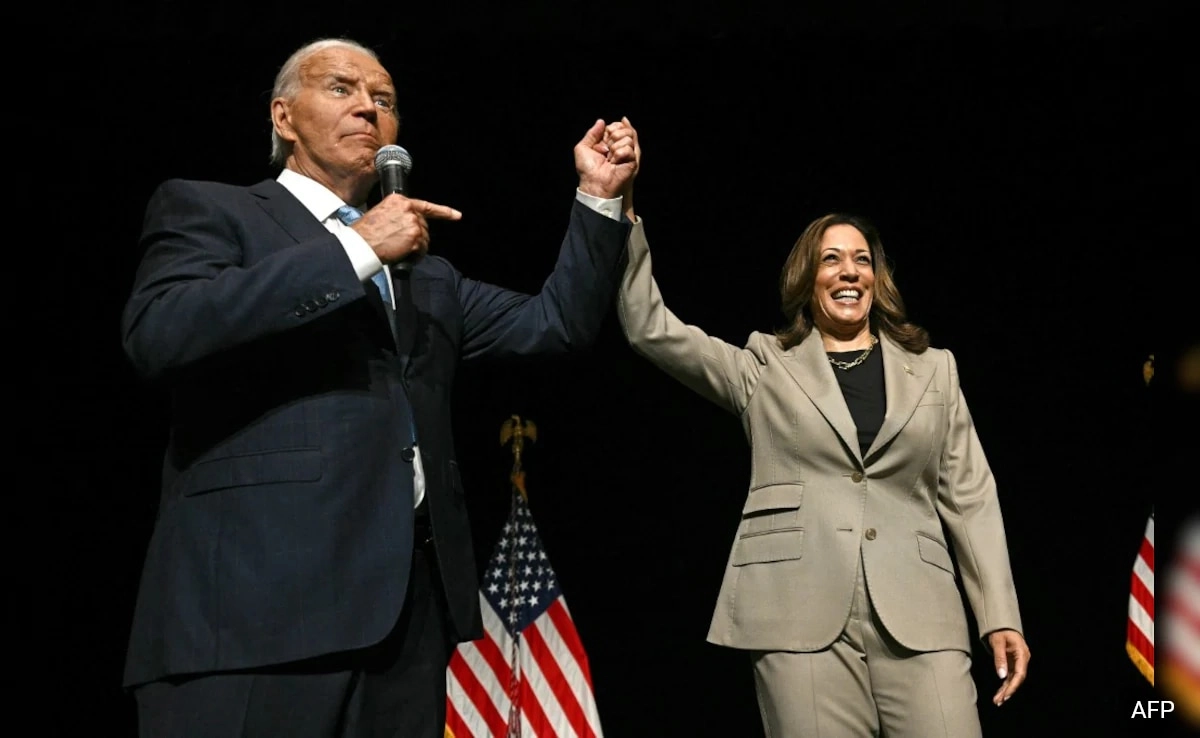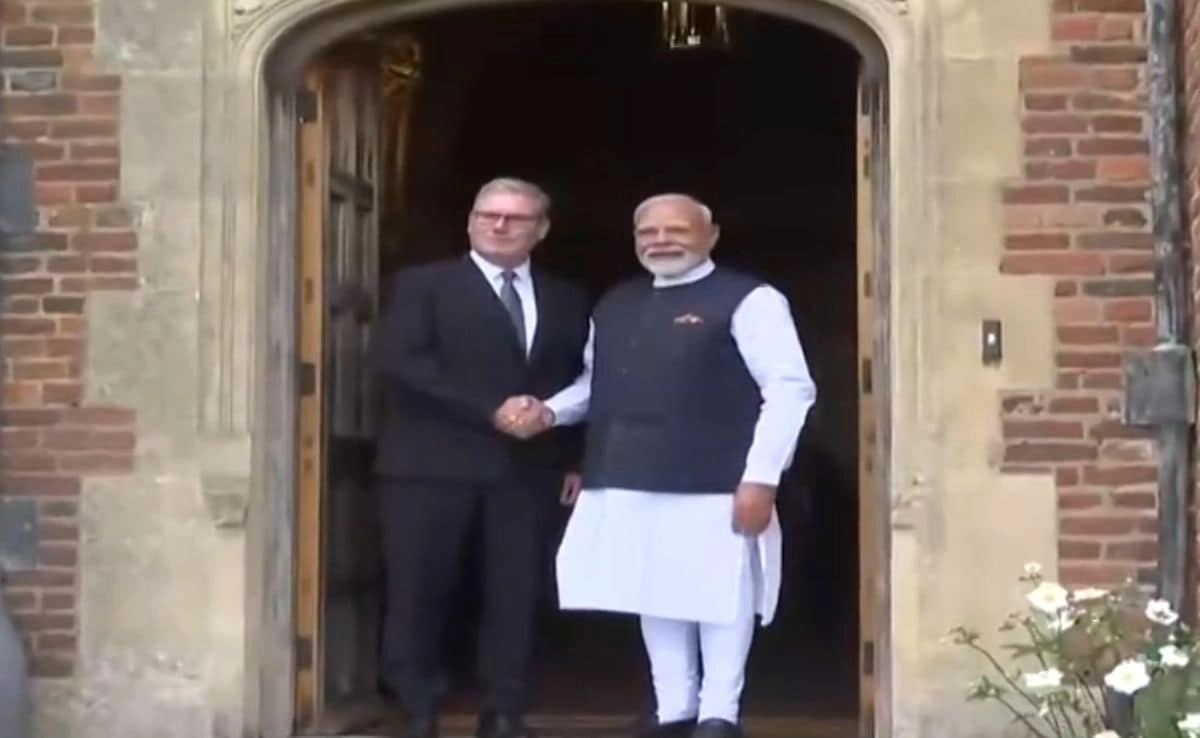The legal landscape surrounding the use of individuals’ images in commercial contexts has recently gained attention due to a court case involving the unauthorized use of a woman’s photograph in government advertisements. This issue raises critical questions about personal rights, privacy, and the ethical implications of commercial exploitation. The court’s ruling underscores the need for clear boundaries when it comes to the use of an individual’s likeness, particularly in contexts where the image may be used for promotional or informational purposes by government entities.
In this particular case, the woman argued that her image was used without her consent in a series of government advertisements aimed at promoting public services. She contended that such use not only infringed on her personal rights but also constituted a form of commercial exploitation. The court was tasked with determining whether the government had the legal right to use her likeness in this manner and what implications such a ruling would have on similar cases in the future. The decision highlights the delicate balance between public interest and individual rights, especially in an age where digital images can be easily obtained and disseminated.
The outcome of this case could have far-reaching consequences for how government agencies and other organizations utilize images of individuals in their marketing and outreach efforts. It serves as a reminder that while public entities often aim to promote social causes and public services, they must also respect the rights of individuals whose images are used in these campaigns. As public awareness of privacy rights continues to grow, it is essential for both the legal system and society at large to navigate these issues thoughtfully and ensure that personal rights are upheld in all forms of media usage.
In conclusion, the court’s decision regarding the unauthorized use of a woman’s photograph in government advertisements raises significant questions about commercial exploitation and individual rights. As society grapples with the complexities of image ownership and consent, this case serves as a pivotal moment in establishing clearer guidelines for the ethical use of personal likenesses in both public and commercial spheres. The implications of such rulings will likely continue to evolve, influencing how both individuals and organizations approach the use of imagery in an increasingly interconnected world.




